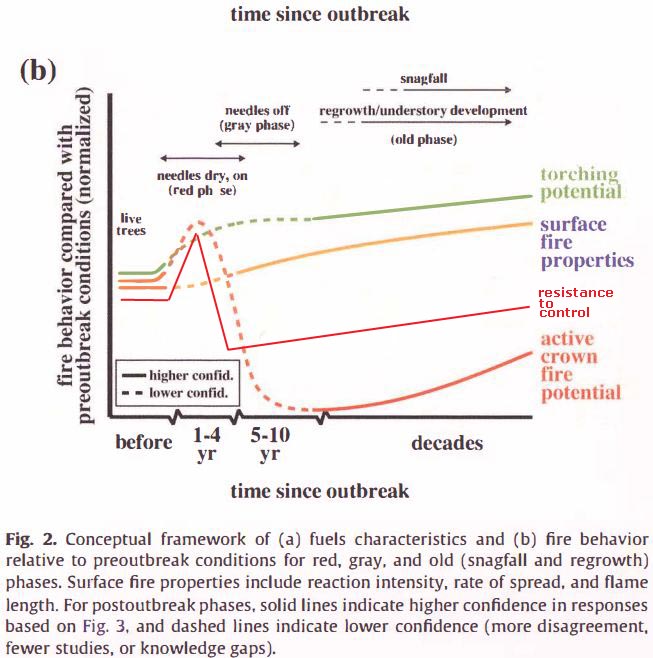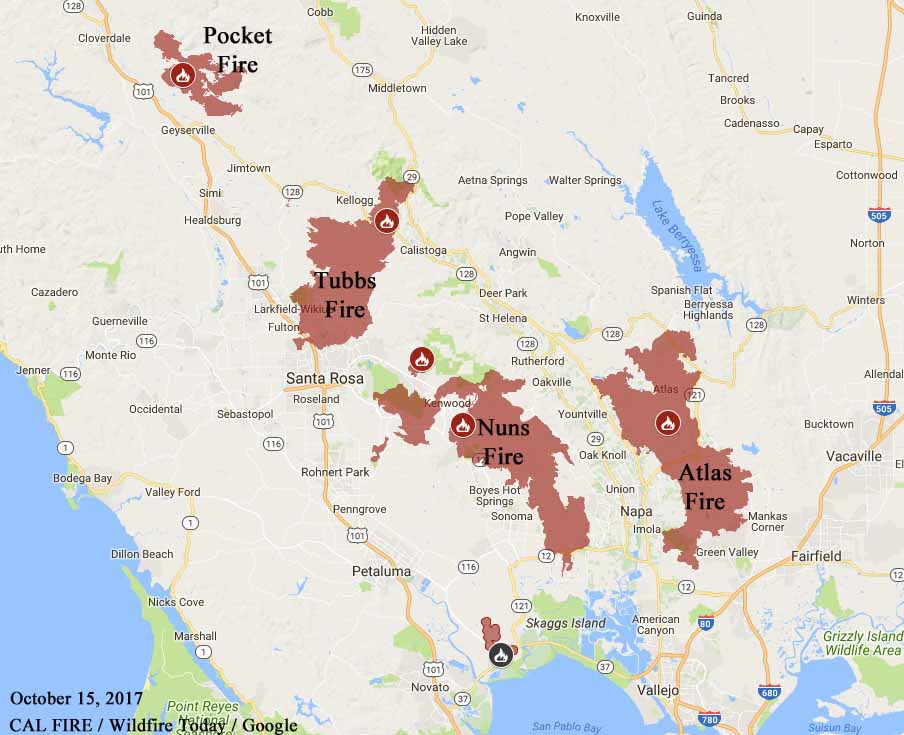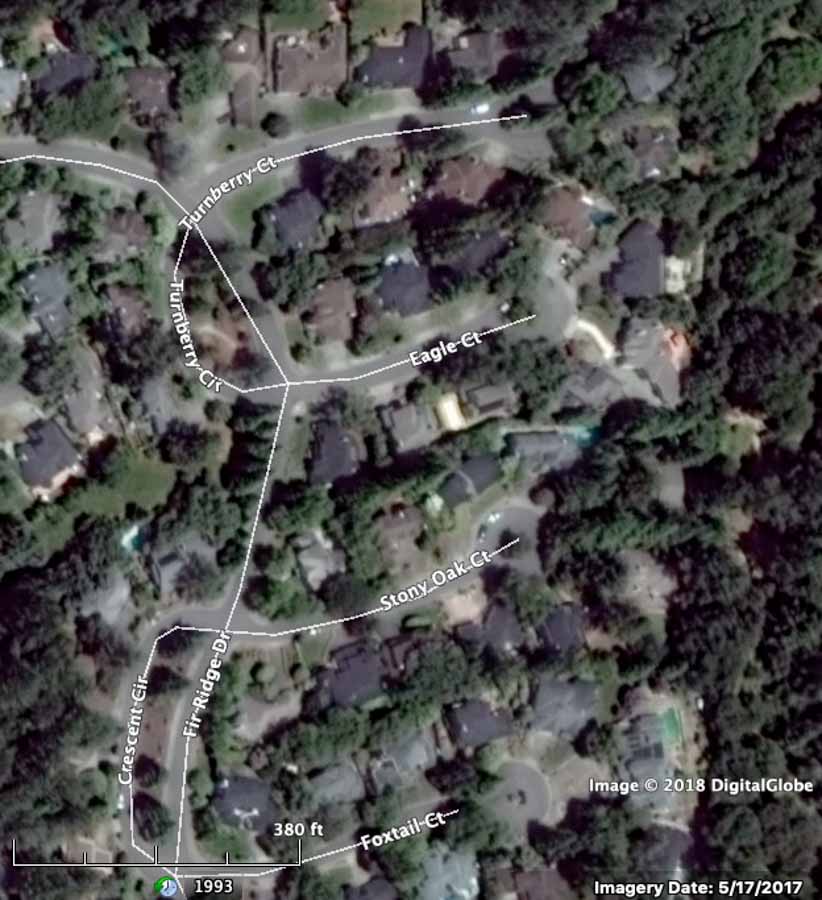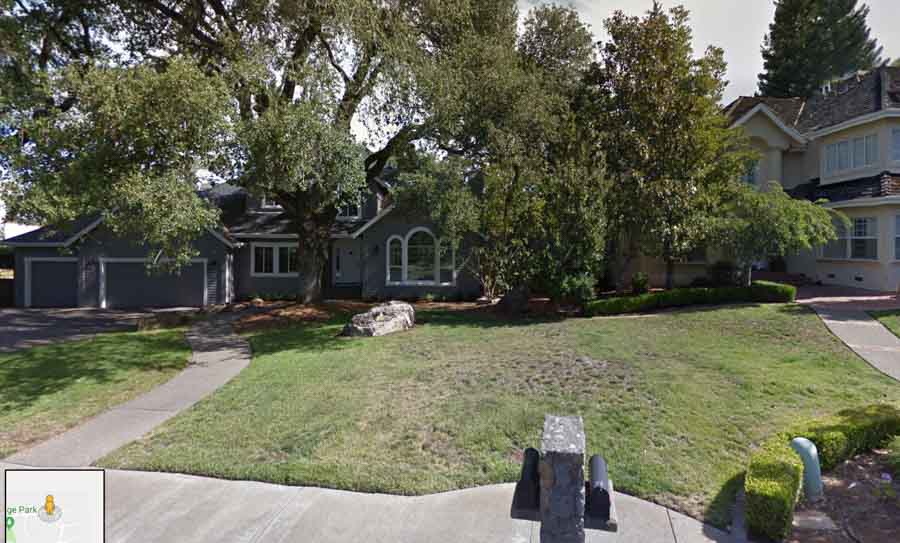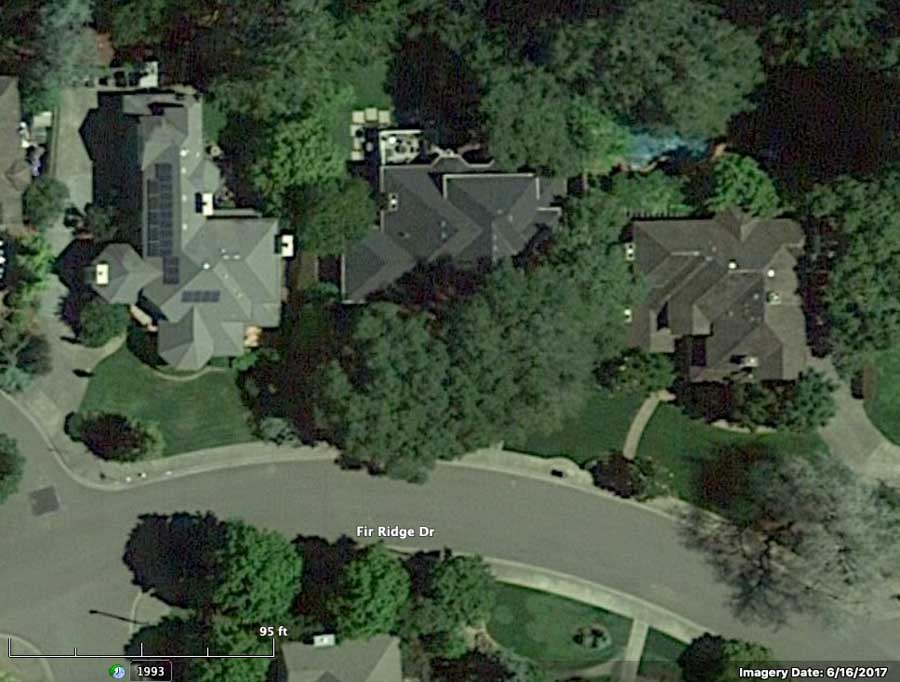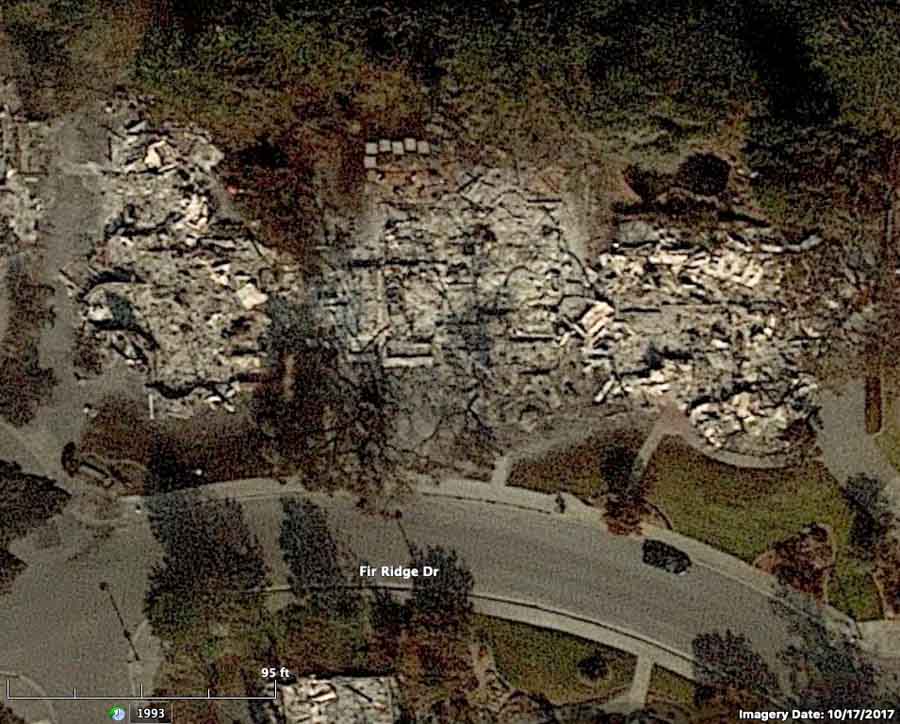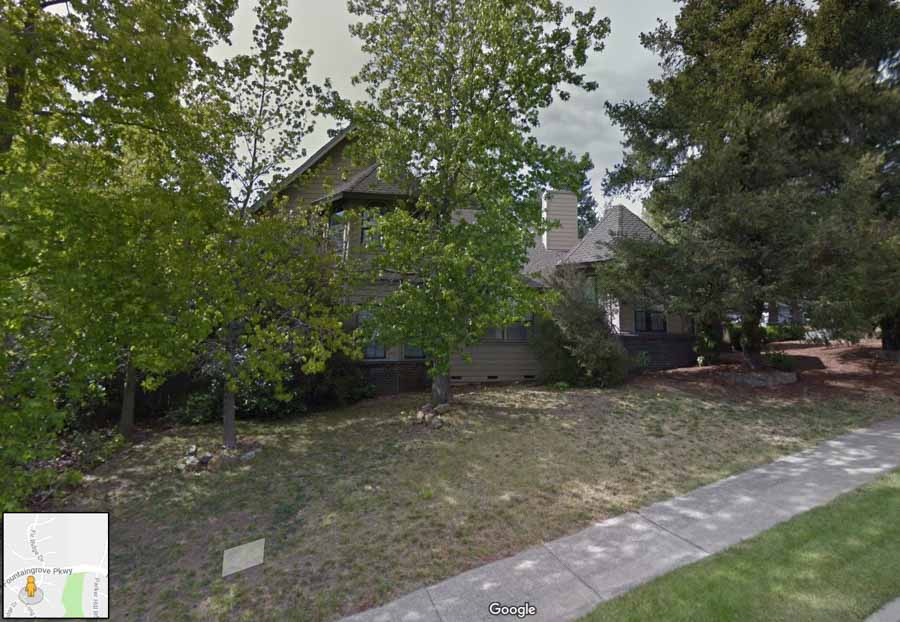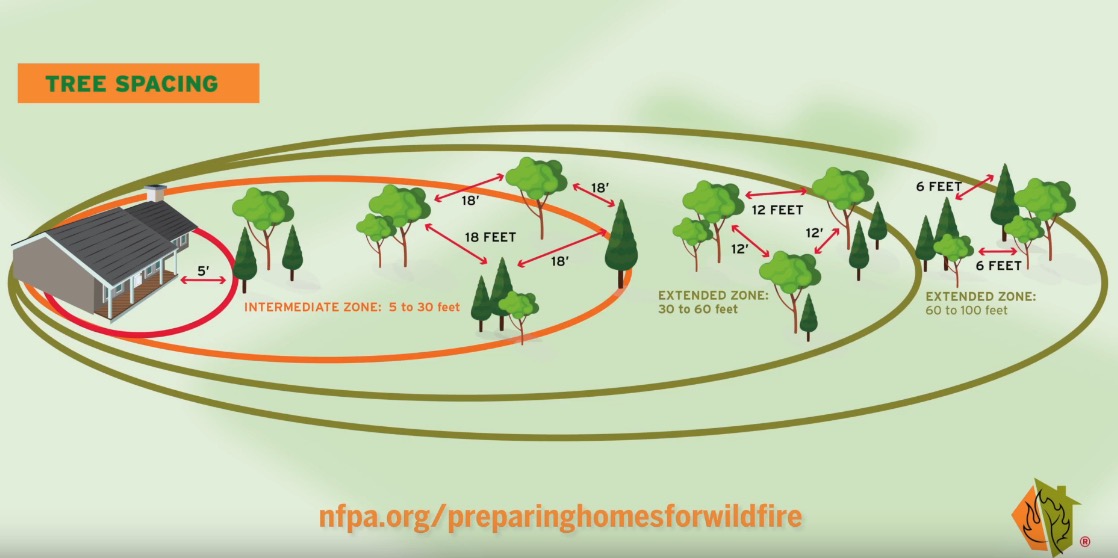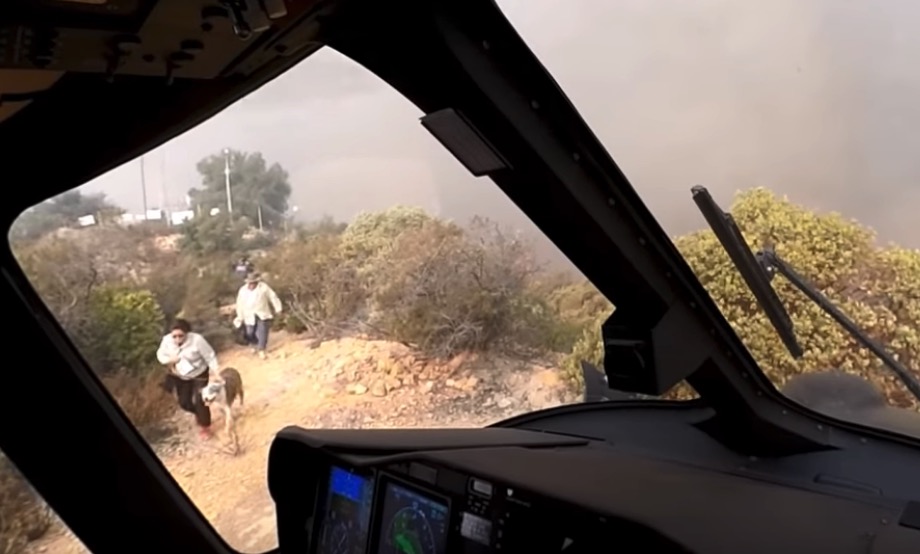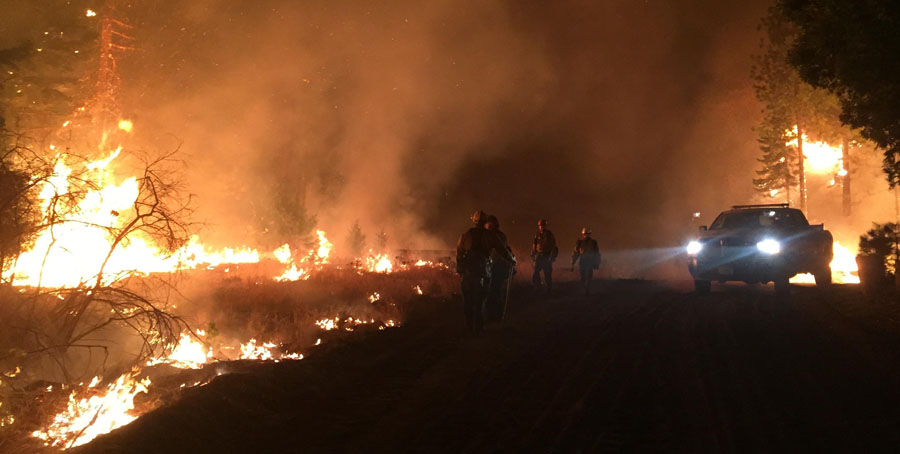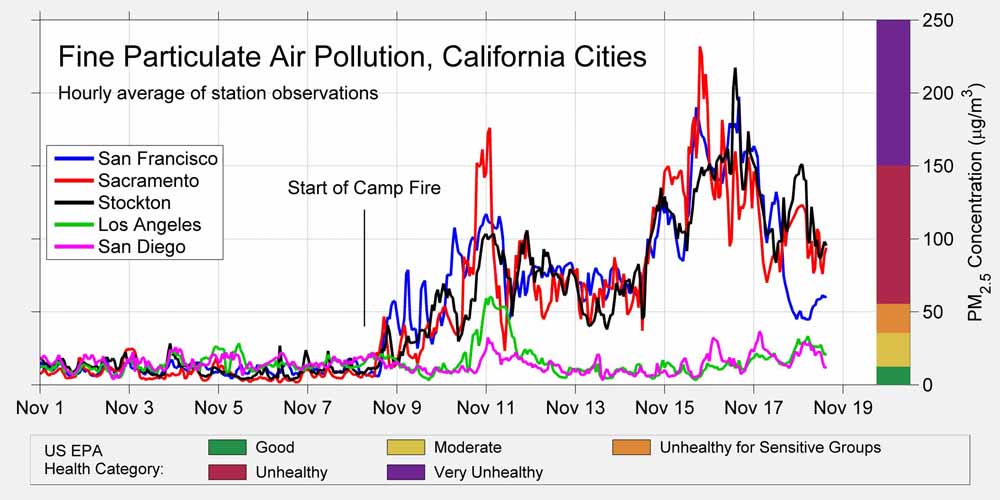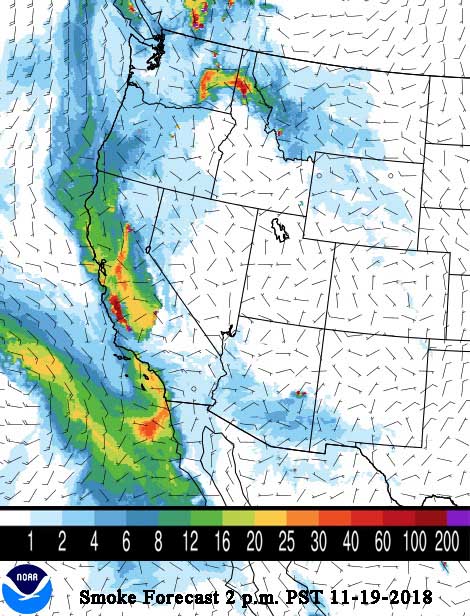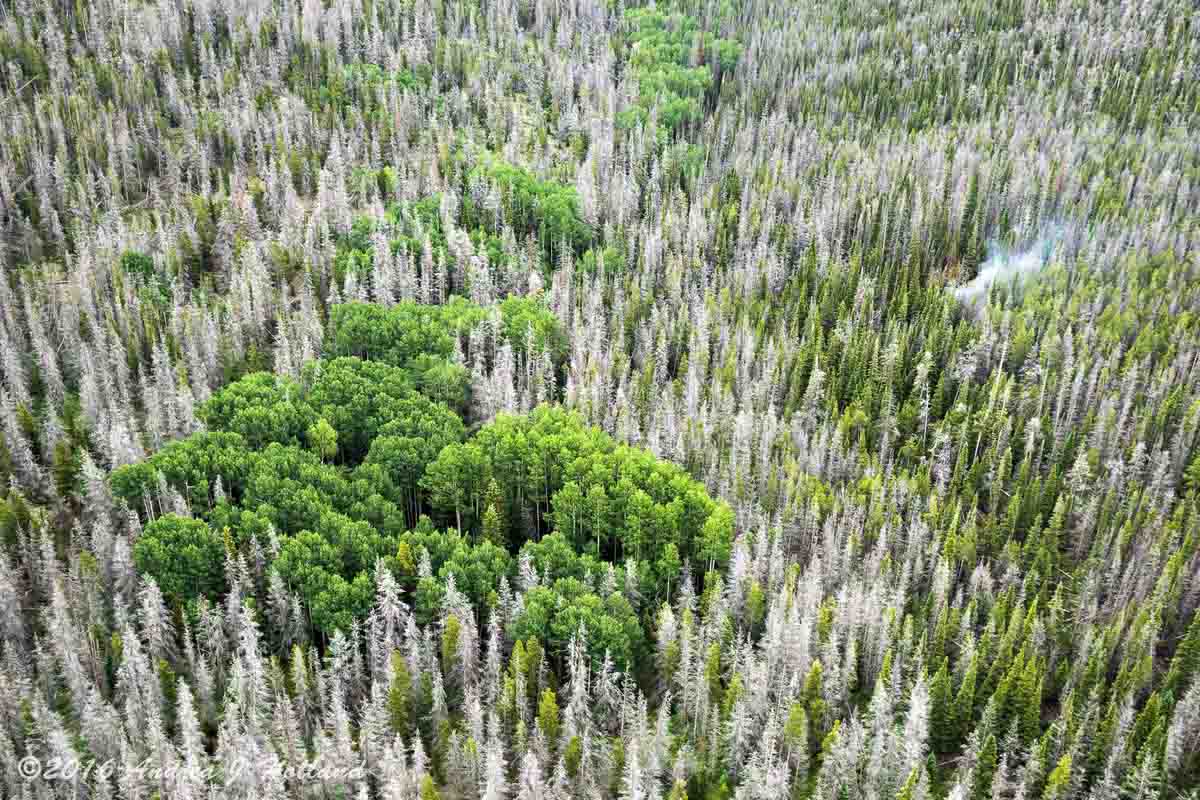
Today Secretary of the Interior Ryan Zinke tweeted that trees killed by beetles “are an added risk for fire”. This is misleading at best, and incorrect when all of the facts are brought to light.
This is not a healthy forest. This is what @realDonaldTrump, @SecretarySonny and I refer to when we talk about removing dead and dying timber. These gray trees were killed by a beetle infestation and now are an added risk for fire. (Helena NF in MT) pic.twitter.com/lGvXx4XZfi
— Secretary Ryan Zinke (@SecretaryZinke) November 21, 2018
And as before when the Secretary and the President said “poor forest management” and “environmental radicals” are responsible for the recent major fires in California, the issue can’t be described or solutions offered using just a few words. It is nuanced and complicated, not lending itself to a 280-character conversation.
In 2010 I first became aware of research by scientists that found fire severity decreases following an attack by mountain pine beetles. Since then additional studies have led to a more thorough understanding of the process.
Three factors or characteristics of a beetle-killed forest affect the behavior of a wildland fire.
- After a tree is killed by a mountain pine beetle, the needles turn brown or red; this is known as the “red stage”. The dead red needles remain on the tree for one or two years and then fall off. During this period the potential for a crown fire that moves above the ground through the tops or crowns of the trees can increase. After the needles drop the potential for a crown fire is close to zero. A crown fire can’t be controlled. No amount of fire retardant dropped by aircraft, water applied from the ground, or dozers building fire lines will stop it. This is the largest factor to consider when discussing fire behavior before and after a beetle outbreak. After a couple of years, it is easier to control a fire in a beetle-affected forest than one that is green, and this effect lasts for decades. There are other factors to consider also.
- After 5 to 15 years the limbs begin to break off a beetle-killed tree and then the top can break off and eventually the remainder of the tree falls to the ground. This adds fuel to the forest floor and can increase the intensity of a fire that burns along the ground. It is easier to control a surface fire, even one burning intensely, than a crown fire .
- After a decade or two the potential for individual or multiple tree torching can increase. This involves the burning of an entire standing single tree or multiple trees. These latter two issues, surface fire intensity and torching, add to the challenges for firefighters, but the reduced crown fire potential greatly outweighs the other two.
This can be distilled into what I have called Resistance to Control (RTC) which considers those three characteristics of a beetle-killed forest. One to two years after the insect-attacked tree dies, the RTC increases, but after that it decreases immediately and remains lower than before the attack for several decades. Eventually live trees replace the dead ones and all three characteristics return to their normal state.
The chart below summarizes these three issues. It is from a paper titled Effects of bark beetle-caused tree mortality on wildfire, written by Jeffrey A. Hicke, Morris C. Johnson, Jane L. Hayes, and Haiganoush K. Preisler. With apologies to the authors of this very good research paper, I took the liberty of adding a Resistance To Control variable (the red line) to their chart.
There is still another characteristic of a beetle-killed forest that is important to consider. Pine beetle outbreaks do not automatically lead to catastrophic wildfires. In 2015 University of Colorado Boulder researcher Sarah Hart determined Western U.S. forests killed by the mountain pine beetle epidemic are no more at risk to burn than healthy Western forests. Other scientists have found similar results.
Mr. Zinke referred to a forest with evidence of tree mortality caused by insects as a forest that is not healthy. Insects are part of the ecosystem; they will always be part of the forests. We will never be able to eradicate them, nor should we. The populations of the insects run in cycles. They feed on trees to survive.
In addition, the “dead and dying timber” as a result of fires or insects that Mr. Zinke wants to remove is an integral part of the forest ecosystem. The National Wildlife Federation says, “Dead trees provide vital habitat for more than 1,000 species of wildlife nationwide. They also count as cover and places for wildlife to raise young.”
An article at The Hill November 20 covers how Mr. Zinke and Secretary of Agriculture Sonny Perdue are hoping that the new version of the Farm Bill will allow more logging that among other objectives, “beautifies the forests”, as Mr. Zinke is quoted as saying.
Roy Renkin, a Yellowstone National Park Vegetation Management Specialist, wrote in 2010, “Disturbances like insect outbreaks and fire are recognized to be integral to the health of the forests,” he said, “and it has taken ecologists most of this century to realize as much. Yet when these disturbances occur, our emotional psyche leads us to say the forests are ‘unhealthy.’ Bugs and fires are neither good nor bad, they just are.”
(Here is a link to all articles on Wildfire Today about beetles and fire.)

